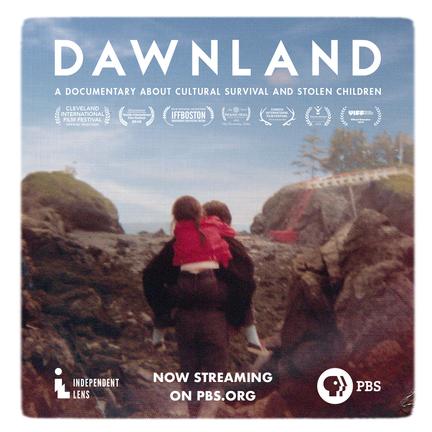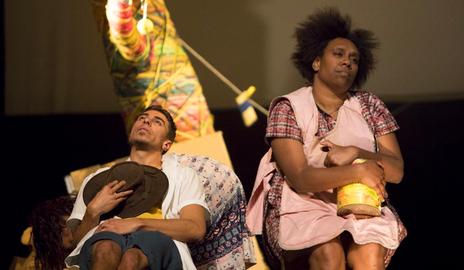
1 minute read
TheRundown:Australia ByEujinyCho
attempt to assimilate them. Children in reserves were exposed to terrible living conditions and a significant proportion developed severe depression, PTSD and substance abuse. Children in households were often rejected by both the white communities they were absorbed into and their Indigenous communities, ultimately unable to find a sense of belonging anywhere. However, despite their vastly different experiences, some aspects were common to a life in both a children’s home and a white household: an inability to participate in any form of cultural practice or speak one’s traditional language; the dispossession of one’s name and identity; and severe physical, psychological and sexual abuse. The inherently contradictory relationship between segregation and assimilation highlights the confused, irrational and racist policy that dominated the period; policy that sought primarily to stamp out Indigenous Australians by all and any means necessary.
Despite the repeal of legislation that allowed for the removal of Indigenous children in 1969, many missions and reserves did not close until the early 1980s; and even today, the practice of removal continues. 16% of Indigenous children are in the hands of child protection services - 8 times the rate of their non-Indigenous counterparts.
Advertisement




